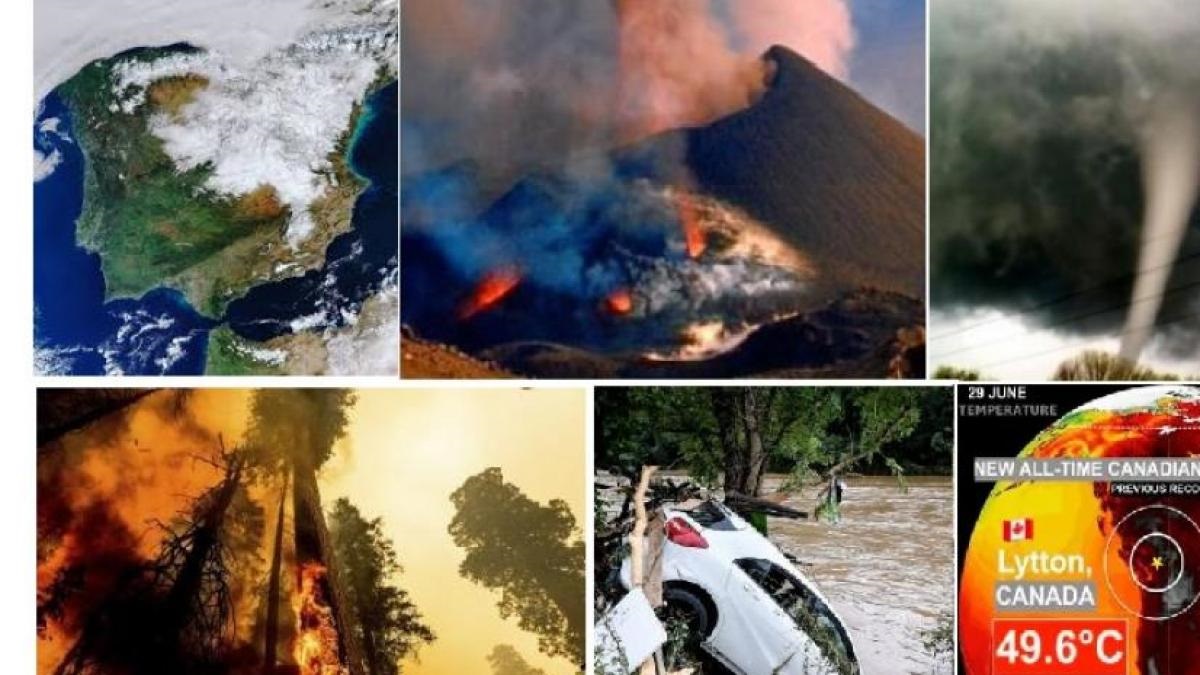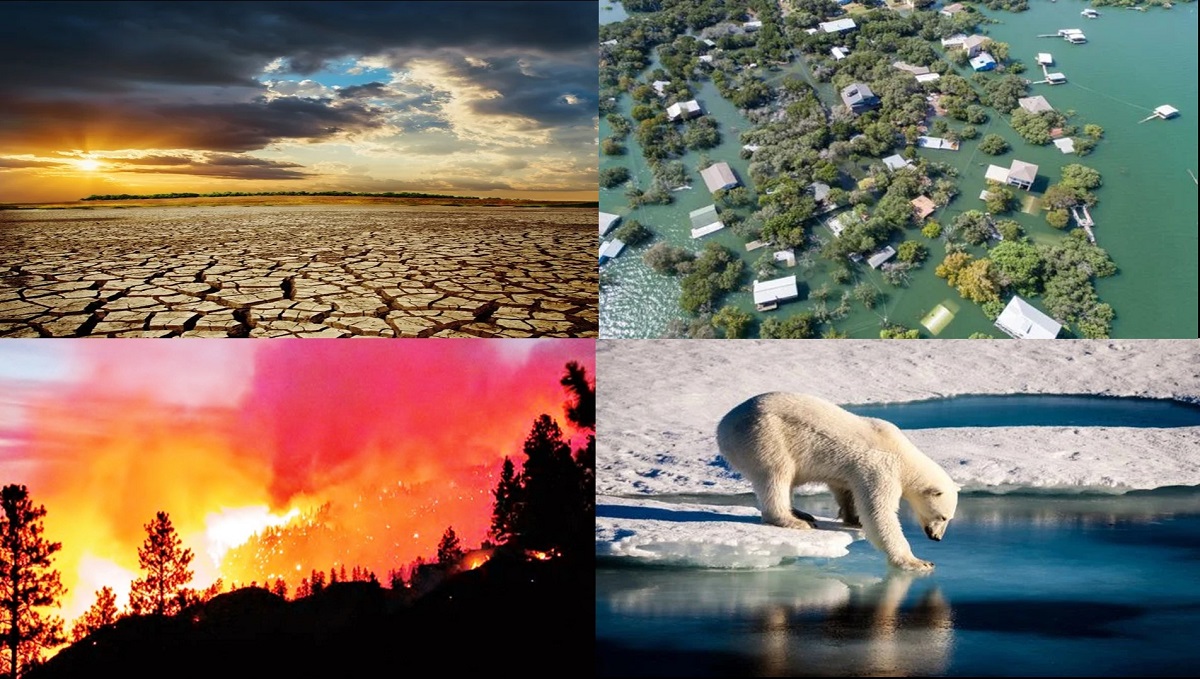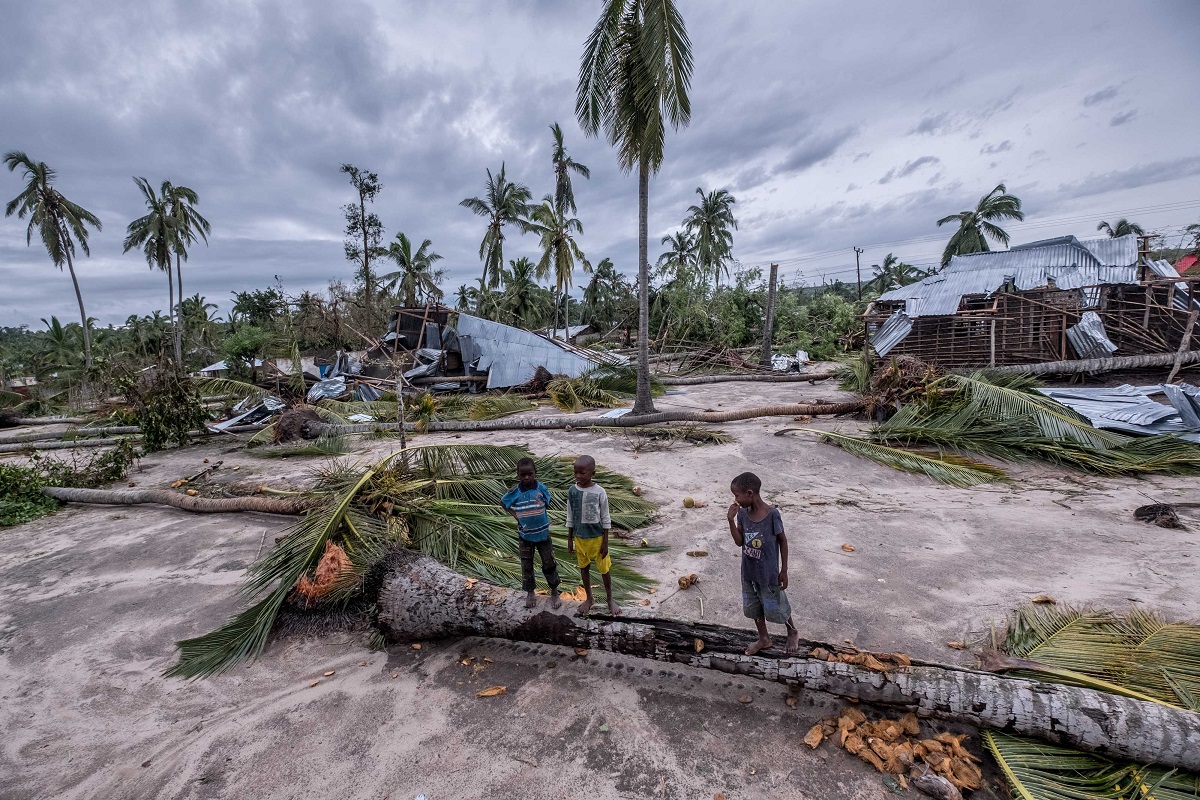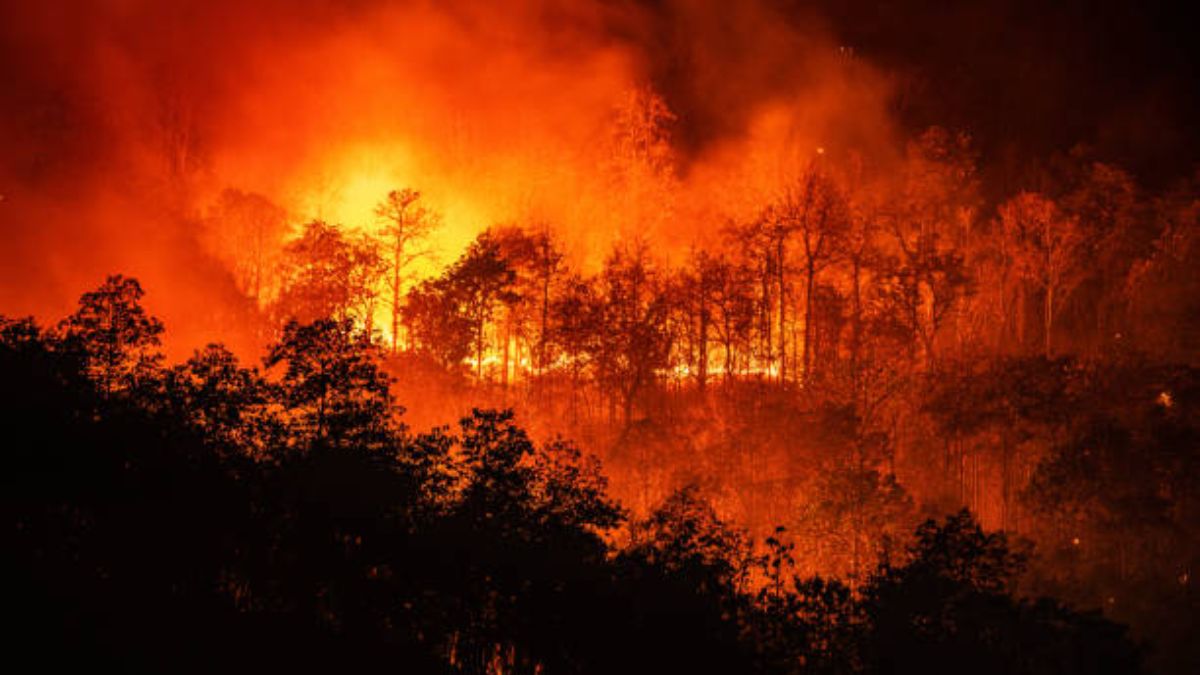
Catastrophes caused by the weather often occur on our planet, events such as forest fires, earthquakes, volcanoes, etc. This is known as a natural disaster. Many people don't know what are natural disasters nor what repercussions it has at both an environmental and human level.
In this article we are going to tell you what natural disasters are, their characteristics, dangerousness and much more.
What are natural disasters

Natural disasters are understood as drastic or sudden changes in the dynamics of the environment, the effects of which may result in material losses and loss of life, and are the product of environmental events in which it is not present. the human hand, such as earthquakes, floods, tsunamis, etc.
They are classified as disasters because environmental conditions become extreme, exceeding normal limits. Therefore, an earthquake may be harmless, but if it increases in intensity and becomes an earthquake, then definitely it will cause death, destruction and structural changes to the earth's surface.
Natural disasters should not be confused with environmental disasters, which are characterized by the presence of specific substances that contaminate, degrade, or alter the chemical, physical, or biological balance of ecosystems. These kinds of environmental tragedies are often a direct consequence of human activities that are irresponsible to the environment.
However, it could be argued that these disasters are not completely natural, as they may be complex in some way, or even be the result of poor planning (or even lack of planning) on the part of human society. Even so, unpredictable phenomena such as volcanic eruptions present significant challenges even for the most developed and organized societies.
what happens when there is one

When a natural disaster occurs, there is a significant disruption to the normal conditions of life. They can result in loss of life, property damage, disruption of basic services such as the supply of drinking water and electricity, and the destruction of entire ecosystems. These events can have a lasting economic and social impact, leaving communities in need of rebuilding and recovery.
Natural disasters can strike anywhere in the world at any time, although certain regions are more prone to certain types of disasters. For example, coastal areas are more susceptible to hurricanes and flooding, while areas near fault lines are prone to earthquakes.
It is important to note that although natural disasters are natural events, the way in which they impact people and the environment is influenced by various factors, such as unplanned urban development, lack of preparation and awareness of risks, and climate change. Human action can aggravate the effects of natural disasters and increase their impact.
To deal with natural disasters, preparedness and risk management are crucial. This involves the development of emergency plans, building resilient infrastructure, education and awareness about risks, as well as collaboration between different sectors of society, such as government, non-governmental organizations and the community at large.
Types of natural disasters

The most common types of natural disasters include earthquakes, hurricanes, floods, wildfires, droughts, tsunamis, avalanches, cyclones, thunderstorms, and tornadoes.
- The earthquakes They are sudden and violent movements of the ground caused by the release of energy stored in tectonic plates. In general, they occur at places where plates meet.
- The Hurricanes, Also known as tropical cyclones, they are large, energetic storms that form over the ocean. Hurricanes are characterized by very strong winds, torrential rains, and flooding.
- Floods They are caused by the accumulation of large amounts of water in a given area. This can be caused by rising sea levels, torrential rains, dam breaks, or snowmelt buildup.
- The forest fires They are a type of natural disaster that occurs when a large amount of vegetation burns and spreads rapidly. These fires can be caused by drought, lightning strikes in a forest, man or a combination of these factors.
- The droughts They are prolonged and very dry periods where the lack of water becomes a serious problem for the population and the environment. The effects of drought can be observed in phenomena such as animal mortality, low food production, and loss of fertile soil.
- The tsunamis They are large waves that occur in the ocean and can cause great destruction when they reach the coast. They are generally produced in places where there is seismic activity at the bottom of the sea.
- avalanches are dangerous effects of accumulated snow, especially in mountainous areas. An excessive accumulation of snow can cause a fall of all the accumulated snow causing burial and death by suffocation.
- cyclones They are tropical storms characterized by strong winds and heavy rain. These storms can cause flooding and severe damage to infrastructure such as buildings and roads.
- Thunderstorms They are meteorological phenomena that involve strong winds, torrential rains and electrical lightning. These storms can cause damage to buildings, trees, and other objects in their path.
- The hurricanes They are violently rotating columns of air that extend from the base of a cloud. These phenomena can cause great devastation, destroying buildings and property, and endangering people's lives.
Examples of Natural Disasters
Throughout history there have been major natural disasters, of which we can list the following:
- La great drought in the United States in the 1930 decade.
- The Vargas Tragedy, where a trough in the area off the coast of Venezuela in 1999, caused a week of torrential rains and massive landslides, and was therefore listed in the Guinness Book of World Records as the deadliest mudslide in the history.
- The 2011 Japan tsunami it was the result of a catastrophic magnitude 9,0 earthquake in the Pacific basin, with a tsunami height of 40,5 meters.
- In the year 79d. c., the Mount Vesuvius erupted and buried the Roman city of Pompeii in lava.
- El Chiapas earthquake In September 2017, with an epicenter in Mexico City and measuring 8,2 on the Richter scale, it killed 98 people and affected 2,5 million.
- El Hurricane Maria in 2017, the third hurricane of the year in the Caribbean after Irma and José, it was equally devastating. It killed about 500 people and was especially brutal in Puerto Rico, which is still reeling from the devastation caused by Irma.
I hope that with this information you can learn more about what natural disasters are and how dangerous they are.